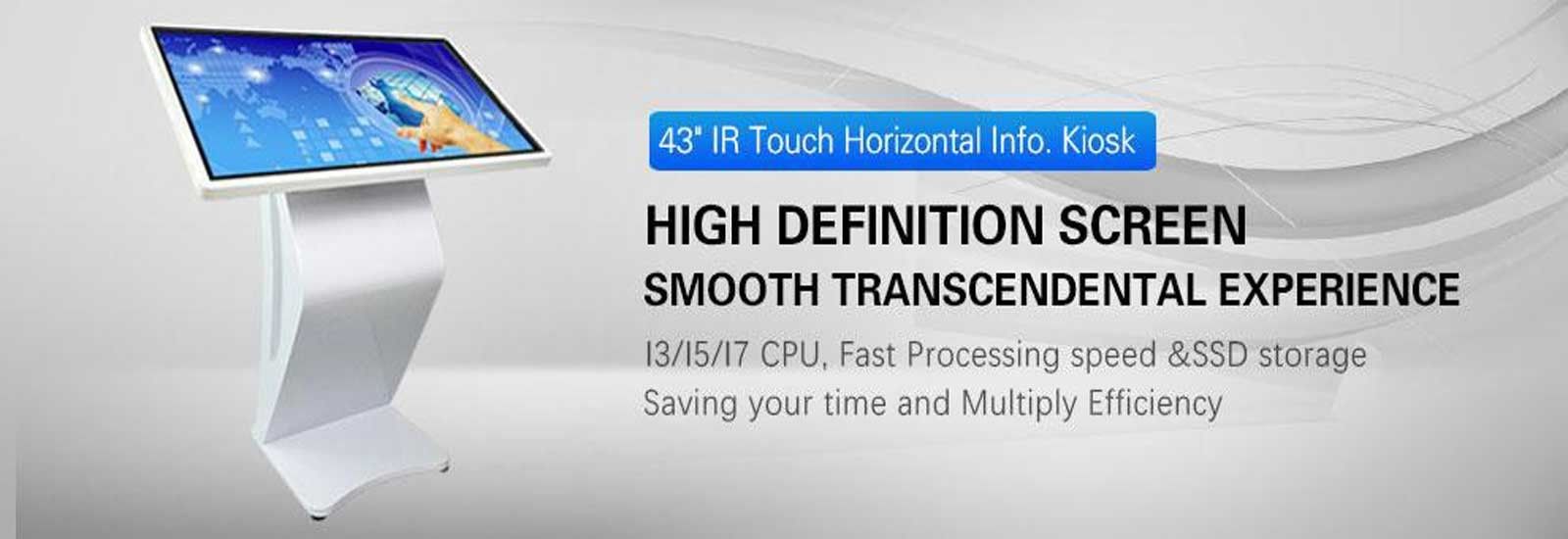
Touchscreen devices are used in countless applications, including both consumer and business applications. While most touchscreen devices rely on either capacitive or resistive technology to detect touch commands, manufacturers are continuing to explore new options, one of which involves holograms. Known as holographic touchscreens or touchable holograms, these devices are still relatively new but are quickly gaining momentum among manufacturers.

Save on Touchscreen Computer Monitors. Trending price is based on prices over last 90 days. 13.3' 2K 2560x1440 HDR HD Monitor IPS LCD Screen Dual HD Display For Laptop. The HoloVit Holographic Screen is a real, holographic reflector for your video-enabled devices. You can watch holographic videos to their full effect, or even record your own using the newly included 3D software, and use this special screen. Looking Glass Pro is a $6,000 holographic PC for conjuring 3D objects If you've ever wanted to put virtual things in a magic box on your desk, this is your chance. T70 Size Real-time Stable Quality Projector Holographic Screen Price 70cm Pov App And For Wifi Led Fan3D Hologram Display US $199.00-$248.00 / Set 2 Sets (Min.
Holographic Computer Monitor

Overview of Holographic Touchscreens

A holographic touchscreen is a hologram-projecting device that supports touch commands. As with other hologram-projecting devices, it uses light diffraction to produce three-dimensional images in front of the device’s screen. There are other devices that produce three-dimensional images, but they generally require the use of three-dimensional goggles or glasses. In comparison, holographic devices do not.
Holographic touchscreens go one step further by supporting the use of touch commands. They produce three-dimensional images by diffracting light in front of the screen. But they also allow users to control the device by touching the area in front of the screen.
According to Wikipedia, the world’s first holographic touchscreens were invented in Japan. Shortly thereafter, the technology was refined by the computer chip manufacturing company Intel.
Holographic Screen For Sale
How Holographic Touchscreens Detect Touch Commands
While the exact mechanics of a holographic touchscreen varies depending on the manufacturer’s design specifications, most feature sensors along the edges of the device. When you touch the area in front of the device’s screen, the sensors can identify the location of your finger or hand. As a result, it’s able to pinpoint exactly where you touched, which the device translates into a touch command.
Since holographic touchscreens don’t require you to touch the surface of the screen, they are virtually immune to fingerprint smudges and debris. To perform a touch command, you simply touch the air in front of the screen. There’s no direct contact between your finger and the device itself.
Holographic Computers For Sale
It’s also worth noting that holographic touchscreens are capable of creating tactile feedback. They don’t vibrate like traditional touchscreens. Rather, holographic touchscreens produce tactile feedback using ultrasonic air. When the device detects a touch command, it emits ultrasonic air to that area. You can physically feel this air, thereby confirming that the device registered your touch command.
Holographic touchscreens are still relatively new, so not many manufacturers offer them. Furthermore, the cost of holographic touchscreens is significantly higher than that of traditional touchscreens like resistive and capacitive. Until more manufacturers adopt the technology and lower the price, holographic touchscreens won’t replace existing touchscreens on the market.